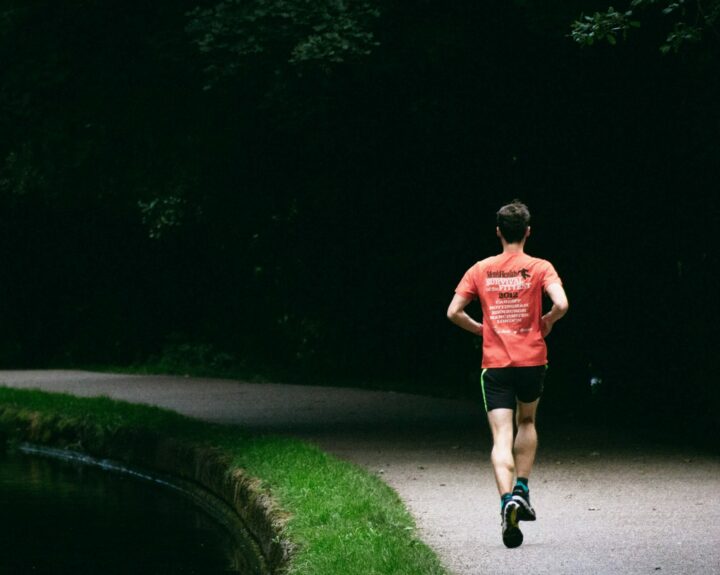Whether you are a professional runner or you have just started running, the risk that an injury which would prevent you from running is forthcoming.
There are many ways to avoid it, and here are 5 different ways to do so:
1. Gradually increasing volume (We recommend no more than 10%)
Especially as a beginner, your body is not used to the amount of exercise and stress that you put it through, therefore it is wise to take things slowly with the 10 % rule. This way your muscles have the time to recover from the macro-tears that have been created.
For example, if you are running 3 times per week, you should roughly add 1 km each week to your volume of training.
2. Prioritize Zone 2 training
With running, there are three main different “zones” that you can run at, and they are all based on the amount of effort required or perceived effort.
-Within Zone 1: the run will feel very easy and comfortable, and your heart rate will be around 65% to 75% of its maximum capacity. (It almost feels like a brisk walk)
-Within Zone 2: , you will be targeting aerobic and base fitness work and your heart rate will be around 70% to 80% of its maximum capacity.
(You should still be able to have a normal conversation while running in Zone 2)
The reason why it is suggested to focus most of your runs in a Zone 2 effort is that without being too harsh on the body, it will allow you to increase endurance, maximise fat loss, lactate clearance, as well as VO2max (maximum amount of oxygen that an individual can utilise during intense or maximal exercise).
Spending time in Zone 2 will also reduce the likelihood of injury as you are not over-exerting.
3. Think about you running surface
Running is an activity where there is a high impact on your body because when the foot hits the ground, the force that has been created bounces back, especially to the bones of the foot, ankles, knee and hips. Therefore, being mindful about the surface where you run is crucial.
It is normally recommended to choose softer surfaces like grass and athletic tracks or even the hard sand at the beach.
Personally I always like running at the local football ground (Boss James reserve )
4. Implement strength and mobility training into your routine
Whether you are a runner, swimmer or cyclist, a proper gym routine is essential.
Resistance training helps to build muscle endurance and strengthen joints and ligaments. This will not only help you with injury prevention, but at the same time, it will make you faster.
Along with a strength workout, another important aspect of your routine should be mobility training. This will help your muscles to perform in a safer range of motion and prevent the risk of injuries.
5. Recover Correctly!
One of the aspects that is normally underestimated by athletes is recovery, and with that, I do not mean only the rest that you give yourself between activities, but more what you do with that time.
A good recovery routine is essential to increment your performance and to prevent the risk of injuries.
One of the most important aspects is hydration. This doesn’t include only water, but also electrolytes. These will allow your body to restore a “normal” level of salt and sodium within your body.
Moreover, Remedial Massage Therapy will speed up your recovery as well as reduce the risk of injuries, by:
-Increasing blood flow, which will help to carry more oxygen and nutrients to the cells.
-Helps the immune system to expel toxins and waste products from your body.
-it helps to break down scar tissue, which will allow a faster recovery.

